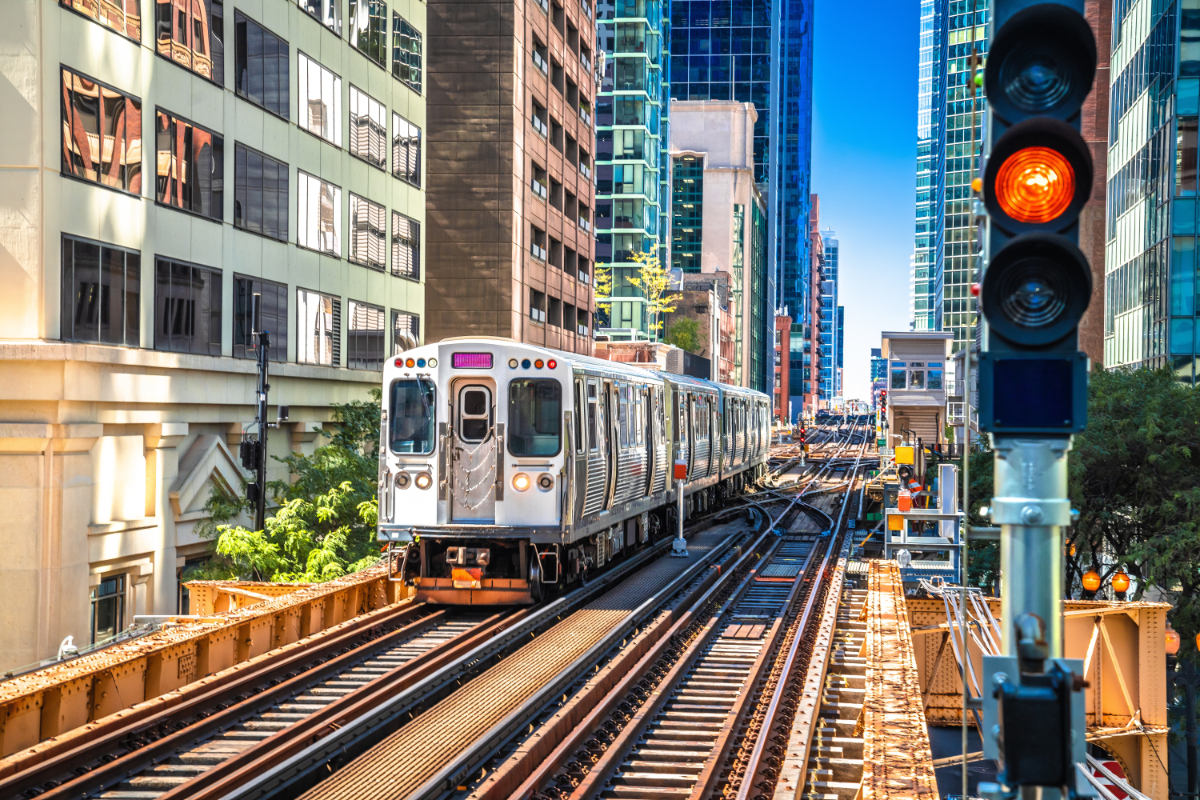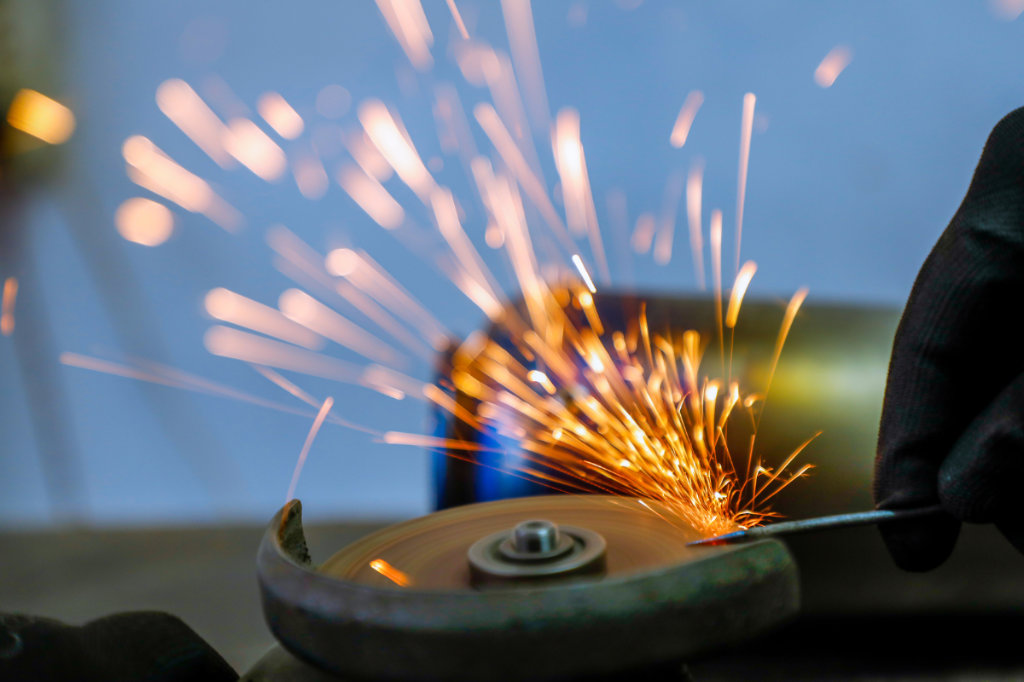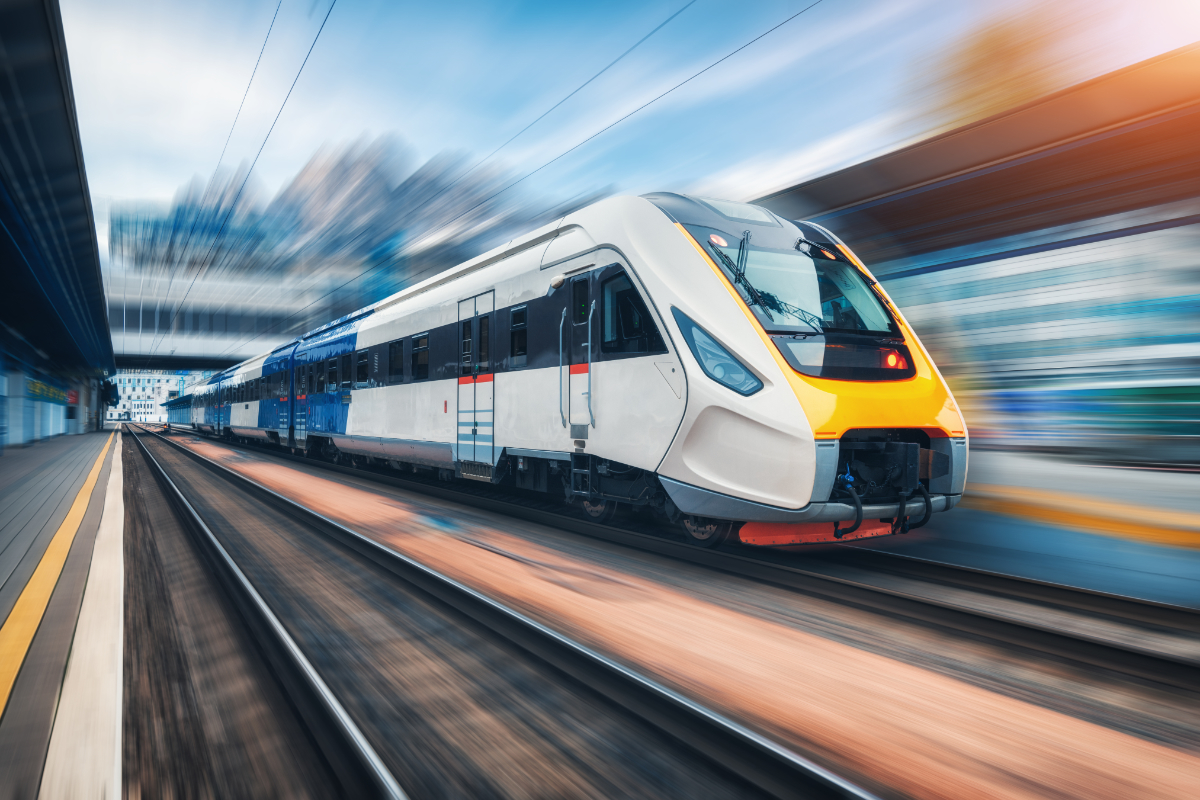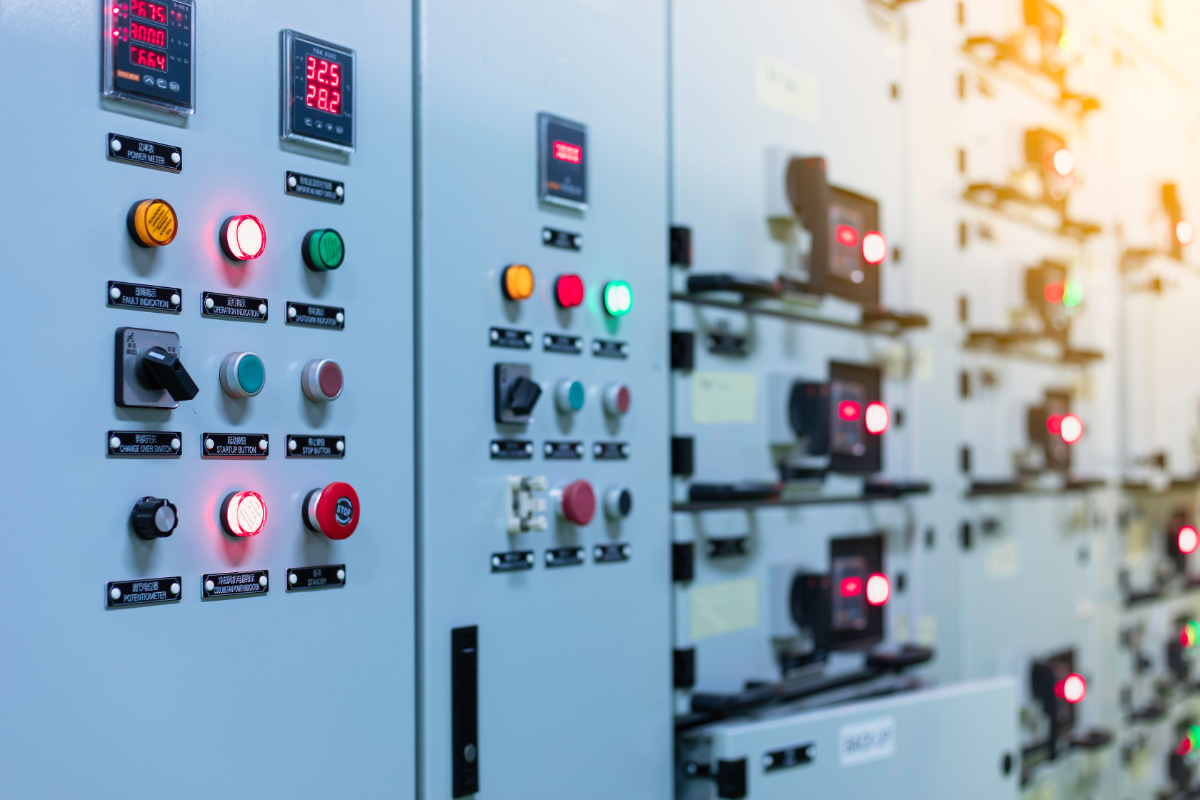
Urban transit systems, from buses and streetcars to subway and metro systems, play a vital role in everyday life here in the USA and across the world. Every day, millions of people use them for both work and leisure travel.
However, the fossil fuels that have historically powered our transit systems come at a steep environmental cost. These non-renewable resources contribute to greenhouse gas emissions and climate change.
That's why, in recent years, there has been a tremendous push toward electrification in the urban transit space. From switching diesel buses for electric buses to introducing electric trains and subway cars, electrification benefits people and communities while protecting the environment, reducing air pollution, and improving air quality.
Replacing fossil fuels with electric power on such a large scale is far from simple. It requires robust and reliable infrastructure solutions, including complex charging infrastructure, to keep transportation networks functioning properly.
In this post, we will explore some of these technologies and solutions that are making electrification possible, affordable, and sustainable for transit authorities.
Electrification in Urban Transit: A Growing Priority
Five countries–China, the Netherlands, Finland, Switzerland, and Denmark-have been leading the way in transit electrification for the past few years. All grew their electric bus sales from less than 6% to more than 60% in six years or less. Much of the rest of the world is catching up, with around 17,000 electric buses on the roads across the European Union and around 10,000 here in the United States.
According to the American Public Transportation Association (APTA), the adoption of zero emission buses across the US is already contributing to a significant reduction in greenhouse gas emissions from the transportation sector. In addition, many major cities such as London, New York City, Shanghai, Tokyo and Paris now use electricity to power their subway systems.
The push for electrification is being driven, in large part, by climate goals. Many governments across the world are providing funding to assist transit authorities in adopting electrification, and it is now viewed as a key priority in modernization efforts. Here in the US, the Federal Transit Administration (FTA) invests over $20 billion annually into improving and expanding American public transportation services.
Though many electrification efforts are conducted on a local or national level, The Climate Group's Dominic Phinn calls for a global approach to collaboration to support the growing adoption of electric vehicles (EVs) and the rollout of supporting infrastructure.
Infrastructure Challenges for Electric Buses and Electric Trains
Despite the many benefits of transit electrification, it also comes with some challenges. Aging transit systems and outdated power networks can make it challenging to install the infrastructure needed to create reliable and resilient electrified transit networks. This can lead to poor reliability and downtime issues, potentially impacting millions of users as well as increasing maintenance costs for transit authorities.
There are also space, safety, and operational constraints in urban transit systems. In busy urban areas, there may be limited space for added infrastructure. This is particularly challenging in the case of tunnels and transit systems located underground. Electrification can also present safety concerns for both transport personnel and members of the public.
The Role of Reliable Infrastructure Solutions
Reliable infrastructure for power delivery to electric transit systems ensures a consistent energy flow, keeping services running efficiently, improving capacity, and reducing downtime.
It also helps transit authorities to adhere to the robust safety and compliance requirements that characterise this industry, keeping staff, passengers, and the public safe and reducing risk in the event of unforeseen circumstances such as extreme weather or natural disasters.
Durability and ease of maintenance are key success factors in the long-term life of electric transit systems. Strong infrastructure reduces problems, makes maintenance easy and straightforward, and allows any issues to
How MAC Products Supports Electrification Efforts
As a leading supplier to transit authorities across the United States and beyond, MAC is proud to play a vital role in the electrification of our mass transportation networks. Our experience extends to all facets of mass transit electrification.
We provide wayside products for third rail applications, most commonly utilized in underground transit systems such as subways. We also supply rolling stock components, supporting propulsion and power distribution.
For overhead contact systems such as overhead catenary (OCS) and overhead conductor rail (OCR) systems, we provide both engineering expertise and fabrication services.
With a proven track record across numerous major projects (including LACMTA, Milwaukee Streetcar, and Mesa Light Rail to name just a few) and our products and services operating in every electrified mass transit agency throughout North America, MAC’s ability to design, manufacture, and deliver custom-engineered solutions for complex urban environments is unparalleled.
Looking Ahead: Building Resilient Transit Networks
If we are to build robust and resilient electric transit networks and expand them to cover more routes and serve more people, looking to the future and planning ahead is essential. This means preparing infrastructure for future demands now, and implementing strong forecasting strategies, data, and predictive analytics to make smart choices for the future.
Sustainability paired with operational functionality will be crucial. Electrification is a tremendous step forward for more sustainable towns and cities, but reliability must also be considered if these systems are to survive in the long term. This will mean exploring the best materials, engineering methods, and maintenance plans to balance sustainable practices with delivering transit systems that work.
Interim and flexible solutions, such as hybrid vehicles and dual mode locomotives, will likely play a vital role in easing the transition to electrification and keeping services operating amidst ongoing construction and development of long-term installations.
Forward-thinking and future-proofed transit networks will require collaboration between manufacturers, agencies, and engineers if electrification is to be the future of public transportation in America and globally.
Keep Power Flowing, Keep People Moving
As the world moves away from fossil fuels and towards more sustainable alternatives, reliable infrastructure will be essential if electrification is to succeed. Transit authorities will need to be ambitious, agile, and future-focused in their thinking.
If you are exploring electrification upgrades or infrastructure modernization for a transit system of any size, our team can help guide you to the right solutions. From custom components for challenging or space-restricted environments to engineering support in overcoming the most complex technical challenges, we are here to help you keep power flowing and keep passengers moving.
Contact MAC Products today to learn more.
Related Posts





